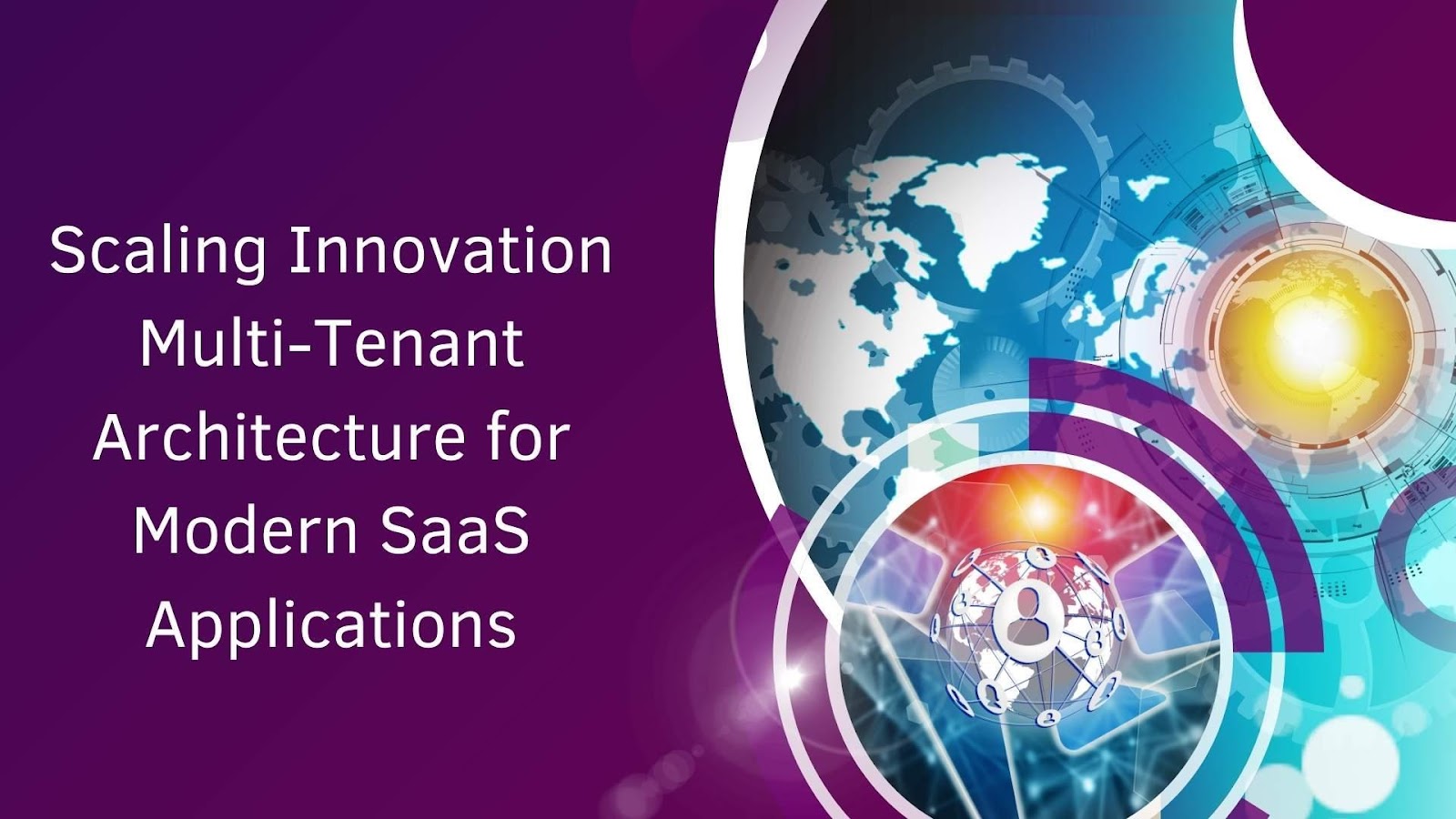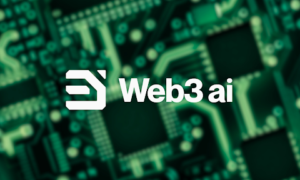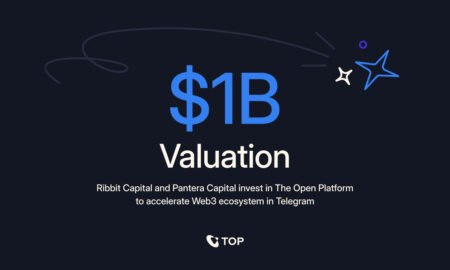In the evolving landscape of cloud computing, multi-tenant architecture has emerged as a pivotal framework for designing scalable and efficient Software as a Service (SaaS) applications. Shinu Pushpan, an expert in scalable cloud solutions, offers a detailed exploration of this transformative architecture, emphasizing its critical role in enabling resource sharing and ensuring data isolation. This article delves into the innovative aspects of multi-tenancy and its application in modern software systems.
Understanding Multi-Tenancy: The Core of Modern SaaS
Multi-tenancy is a software design approach in which a single application instance serves multiple customers, or “tenants,” while maintaining strict data and configuration separation. This paradigm balances resource sharing with tenant isolation, allowing organizations to optimize infrastructure utilization without compromising data security. Compared to traditional single-tenant models, multi-tenancy significantly reduces costs and simplifies maintenance, making it a cornerstone of modern SaaS offerings.
Evolving from Single-Tenant to Multi-Tenant Systems
The evolution from single-tenant to multi-tenant systems reflects the growing demand for cost-effective and scalable software solutions. Though highly customizable, single-tenant systems require dedicated resources for each client, leading to increased operational overhead. Multi-tenancy addresses these limitations by enabling shared infrastructure while maintaining logical data separation. This shift has redefined software deployment strategies, offering businesses a robust solution for managing diverse customer needs.
Enhancing Scalability with Multi-Tenancy
Scalability is a defining feature of multi-tenant systems. By leveraging shared resources, these architectures support rapid scaling to accommodate growing user bases. Elastic resource allocation and automated load balancing ensure consistent performance, even under high demand. This scalability reduces costs and positions organizations to meet future growth challenges effectively.
Key Components of Multi-Tenant Architecture
Tenant Identification and Authentication: Robust authentication ensures secure resource access. Modern implementations use OAuth 2.0, JSON Web Tokens (JWT), and Role-Based Access Control (RBAC) to enforce tenant-specific permissions and policies.
Data Isolation: Multi-tenancy employs data partitioning strategies, such as separate or shared schemas with tenant identifiers, to maintain strict boundaries. These approaches ensure data integrity and regulatory compliance.
Resource Management
Dynamic resource allocation across tenants is crucial for efficiency. Advanced systems use machine learning algorithms for predictive scaling, ensuring fair distribution and maintaining performance during peak loads.
Security and data privacy are paramount in multi-tenant environments. Advanced security frameworks implement zero-trust models, tenant-aware authentication, and cross-tenant isolation mechanisms to prevent unauthorized access. Data privacy measures, including compliance with GDPR and CCPA, further enhance trust and reliability in these systems. Immutable audit logs and real-time threat detection protect against potential breaches.
Performance Optimization Strategies
Intelligent caching, efficient query optimization, and predictive analytics drive performance optimization in multi-tenant systems. Distributed caching mechanisms prevent resource contention and ensure high availability, while advanced query optimization techniques enable fast, reliable data access tailored to tenant-specific needs. Predictive analytics further enhances performance by proactively identifying potential bottlenecks and optimizing resource allocation. These combined strategies reduce latency and improve system responsiveness and overall user experience. By delivering consistent, high-quality performance, multi-tenancy solidifies its position as the preferred architecture for scalable and high-performance SaaS applications in competitive digital markets.
Future of Multi-Tenant Architectures
The future of multi-tenant systems lies in the integration of cloud-native technologies and artificial intelligence, paving the way for unprecedented scalability and innovation. Advancements in predictive scaling, automated management, real-time analytics, and intelligent monitoring will further enhance efficiency, adaptability, and proactive resource optimization. As businesses increasingly adopt SaaS models to drive digital transformation, multi-tenancy will remain central to addressing evolving customer demands, supporting global scalability, and enabling seamless collaboration. This architectural approach ensures organizations can effectively meet the needs of an increasingly interconnected and dynamic digital economy, positioning themselves for long-term success and resilience.
In conclusion, Shinu Pushpan’s analysis underscores the transformative potential of multi-tenant architecture in shaping modern SaaS applications. By enabling resource efficiency, robust security, and seamless scalability, multi-tenancy provides a solid foundation for addressing complex business requirements. As organizations navigate the challenges of a rapidly evolving technological landscape, adopting multi-tenant systems will be crucial for achieving sustainable growth and operational excellence. This forward-thinking architectural approach not only meets current demands but also equips businesses to adapt and thrive in the future of cloud computing.





























